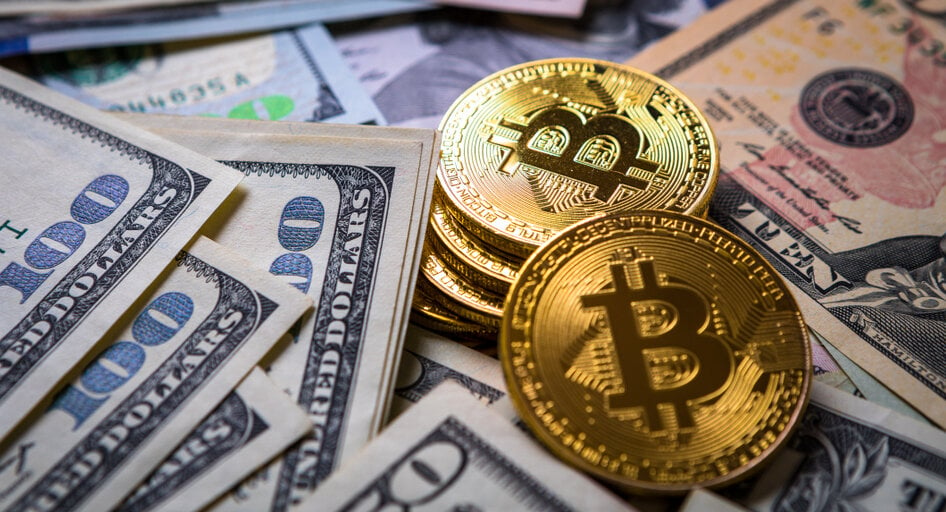Digital asset investment funds took in hundreds of millions of dollars last week, according to a new report, as investors apparently felt bullish following the Federal Reserve’s decision to finally cut interest rates.
Speculators invested $321 million in funds giving exposure to Bitcoin and other major coins and tokens, digital asset manager CoinShares said Monday. The firm said the positive influx was “likely driven” by the Federal Open Market Committee comments last week.
Last Wednesday, Federal Reserve Chair Jerome Powell announced that the central bank would cut interest rates by 50 basis points—causing traders to rush back into “risk-on” assets.
Crypto and U.S. equities experience more volatility than other assets and tend to do better in a low interest-rate environment.
CoinShares said that most of the money was focused on Bitcoin, with investors putting $284 million into funds giving exposure to the asset. In the U.S., Bitcoin exchange-traded funds (ETFs) approved in January have been wildly popular with investors—and such funds are where many investors now turn for exposure to the biggest cryptocurrency.
The price of Bitcoin currently stands at $63,218 per coin, having risen 9% in the last seven days, CoinGecko data shows.
But investors pulled money out of funds giving investors exposure to Ethereum, CoinShares said. “Ethereum remains an outlier, seeing outflows for the fifth consecutive week, totaling $29 million,” the report read.
It added that this was due to outflows from the Grayscale Ethereum Trust, which converted from operating like a closed-end fund to an ETF earlier this year. Investors have since been keen to redeem shares that they previously couldn’t.
And Solana continues to be a favorite for investors outside of the United States, with “small but consistent weekly inflows,” CoinShares added. Funds in Europe give people exposure to the fifth biggest digital coin by market cap.
While last week’s tally of $321 million worth of crypto fund inflows was down from the $438 million mark seen the week prior, it continues a trend of positive flows following a down period for the funds—including a stretch that saw $1.2 billion redeemed from such funds.
Edited by Andrew Hayward

